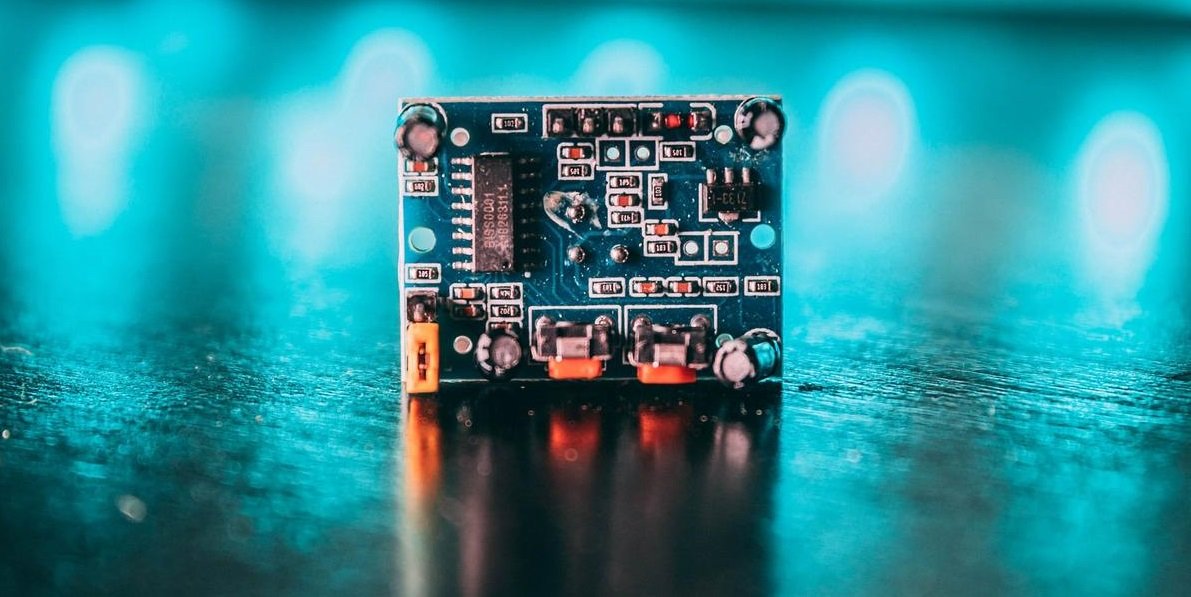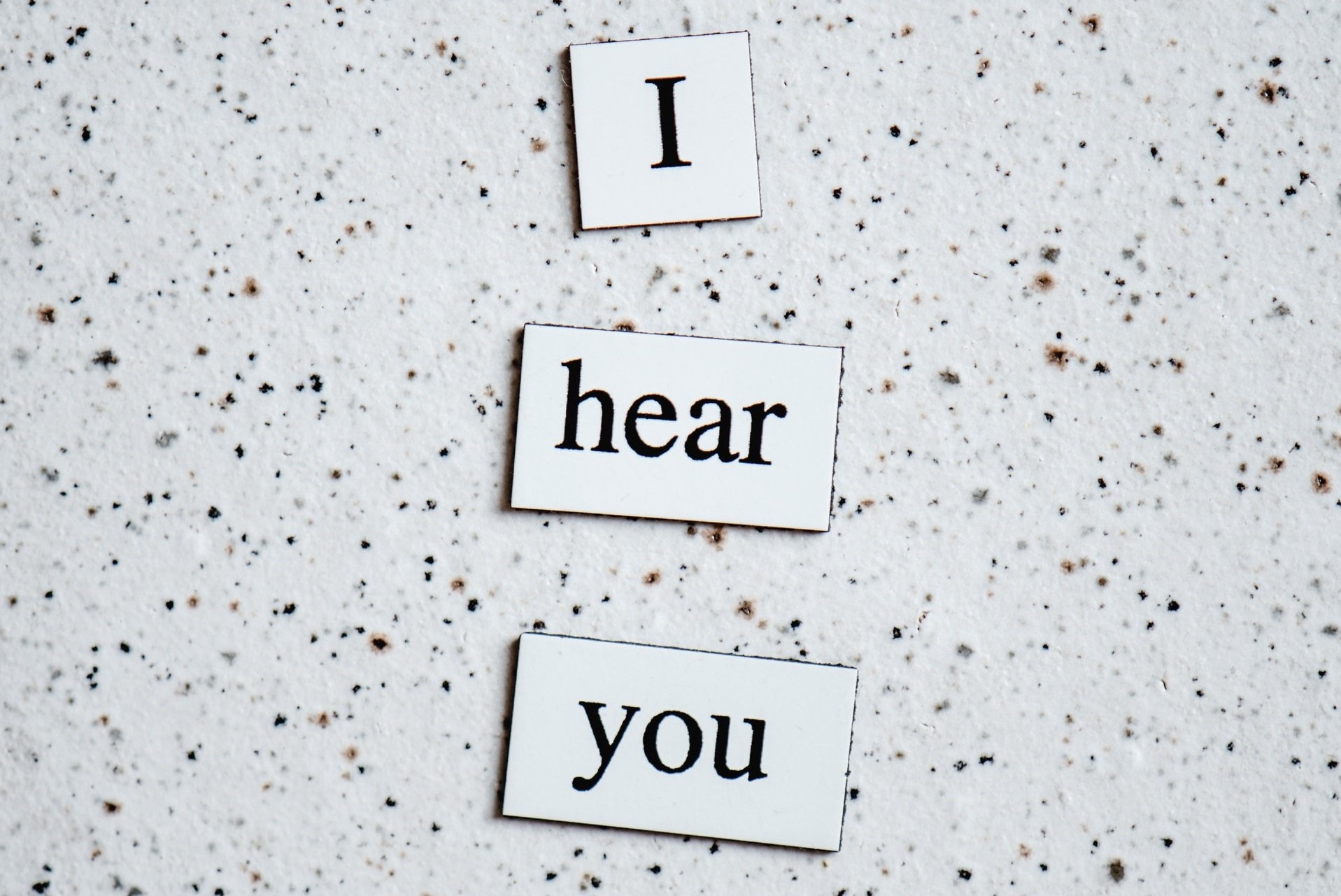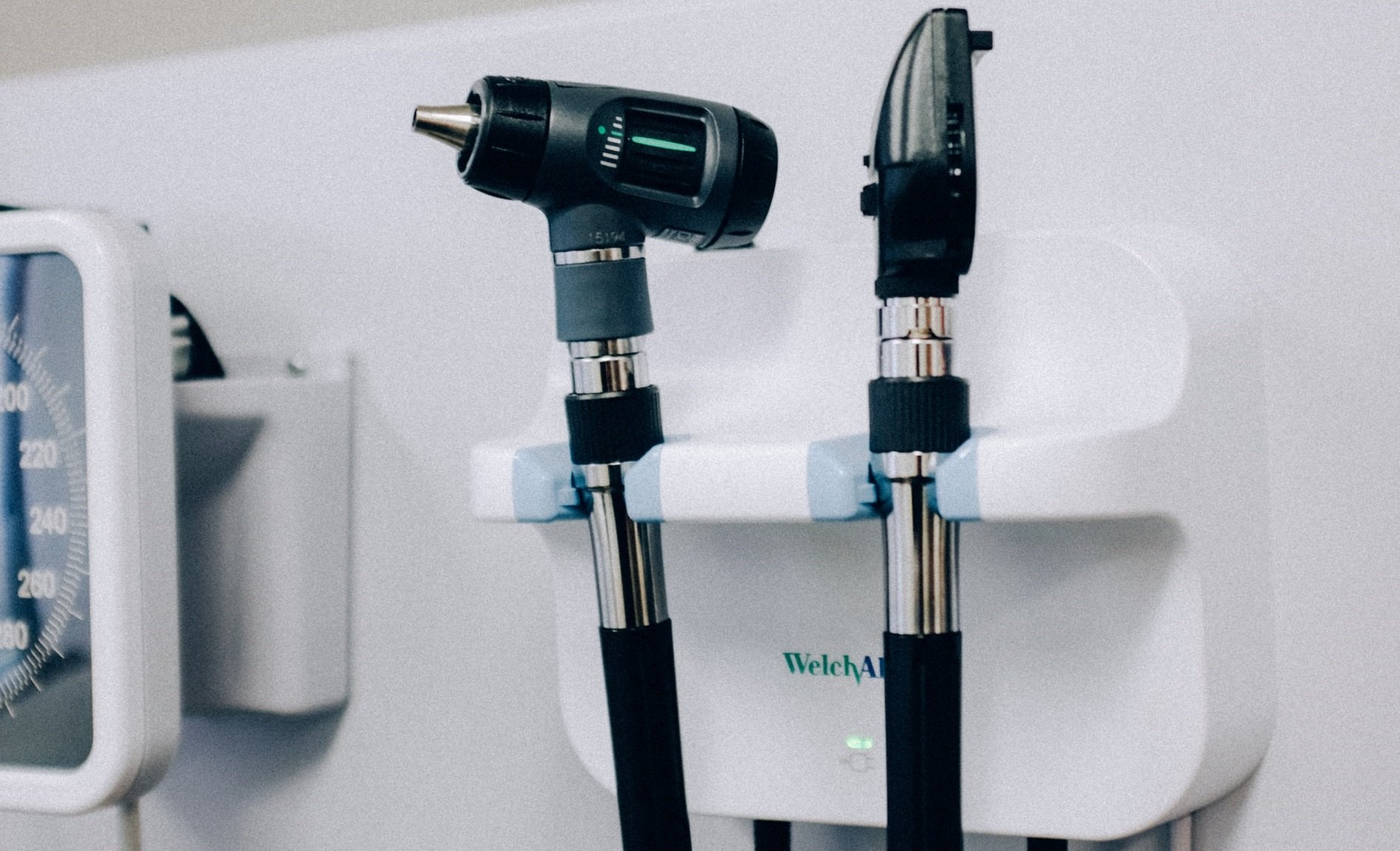
Thanks to hearing aids, people who suffer from hearing loss and damage are once again able to enjoy things like listening to music, conversing with friends, and other experiences that many take for granted. In 2016, almost four million hearing aids were sold in the United States alone.
These small devices can help rebuild (and in some cases, create) one important part of the vibrant and rich experience we call life. But, have you ever wondered how these small miracle creating devices work? In this article we’re here to breakdown the finer details of the hearing aid and hopefully give you a newfound sense of respect for these pieces of amazing technology.
Contents
How a Hearing Aid Works
Although the individual components may be sophisticated, almost all hearing aids consist of three main parts: a microphone, processor, and a speaker. The miniature microphone picks up sound from the environment, which is then transmitted to the processor. The processor consists of a computer chip which converts the sound into a digital signal. The signal is then converted back into sound waves and transmitted to the speakers and broadcast to the user’s hair cells in the eardrum.
Inside our eardrum we have thousands of small hair cells – these hair cells are what pick up and amplify the sounds we hear. When certain hair cells are damaged, they lose the ability to pick up specific frequencies. Hair cells in the inner ear specifically are unable to regenerate, so damage to them can cause permanent hearing loss and cripple a persons ability to hear a specific frequency for life.
However, with the help of the extra amplification of the hearing aid, those damaged hair cells are once again able to pick up the frequencies, restoring hearing ability. Which sounds and frequencies are amplified is based on the settings programmed by an audiologist.
Analog Versus Digital Hearing Aids
While most hearing aids manufactured these days are digital, analog hearing aids are still produced. Usually less expensive than digital hearing aids, analog aids are built and programmed by a manufacturer based on specifications provided by an audiologist about a patient’s hearing. They have less flexibility than a digital hearing aid. However, they usually do have multiple programs or settings designed for different listening environments, such as small crowded rooms or large open halls.
Digital hearing aids, on the other hand, are not usually pre-programmed by the manufacturer. Because they are digital, they convert sound waves in numerical information, much like a computer. This information contains other information, such as volume and pitch. Therefore, a digital hearing aid has quite a bit of flexibility, allowing an audiologist to adjust it specifically for a person’s hearing needs.
Digital hearing aids also contain settings for multiple programs. Some digital hearing aids adjust programs automatically as environments change, and some even include remote controls so users can adjust the settings without having to remove the devices.
Different Styles of Hearing Aids
There are many different sizes of hearing aids, which allows for the accommodation of a person’s specific hearing needs and their preferences:
Completely-in-the-Canal (CIC)
This type of hearing aid is the smallest type available. The body of the hearing aid is molded to fit inside the user’s ear canal. Because it sits within the ear canal, it is the least visible hearing aid type. Sitting in the ear canal, it’s much less likely to pick up wind noise than other types. However, because of it’s small size, it uses very small batteries that have a very short life span.
A CIC hearing aid’s small size doesn’t allow for any extra features that may be included on other, larger types. Users of this type of hearing aid are prone to clogs from earwax build-up. CIC hearing aids are designed for people experiencing mild to moderate hearing loss.
In-the-Canal (ITC)
In-the-canal hearing aids are also molded to fit the user’s ear canal and are fitted partially in the ear canal, usually with the microphone exposed in the outer ear. Like a CIC hearing aid, ITC hearing aids are less visible than larger types. An ITC hearing aid usually includes features that you won’t see on a CIC hearing aid, but the controls are often small and unwieldy. ITC hearing aids are designed for people experiencing mild to moderate hearing loss.
In-the-Ear (ITE)
In-the-ear hearing aids come in two styles, a full shell type that fills the area of the user’s outer ear, and half shell type that takes up the lower half of the user’s outer ear. In-the-ear hearing aids often include many features not found on smaller types; they use a larger battery and thus last longer than smaller hearing aid types. They are, on the other hand, larger and more visible than smaller hearing aid types and thus more susceptible to wind noise. ITE hearing aids are designed for people experiencing mild to severe hearing loss.
Behind-the-Ear (BTE)
This type of hearing aid sits behind your ear via a small hook that goes over the top of the ear. A molded portion sits inside the ear canal and is attached to the outer portion via a tube. This is the largest and therefore most visible hearing aid type (although smaller less-noticeable versions are becoming available). This type of hearing aid is much more powerful than other types; however, it is the most susceptible to wind noises because of its positioning outside of the ear. BTE hearing aids are designed for any type of hearing loss.
Receiver-in-Canal (RIC) or Receiver-in-the-Ear (RITE)
These types are similar to BTE hearing aids; however, the speaker or receiver is fitted into the ear canal and connected to the outer portion with a tiny wire instead of tubing. Because more of the hearing aid components sit in the ear canal compared to BTE hearing aids, the outer portion of RIC and RITE devices is less visible.
Hearing Aid Features
Hearing aids offer several features that improve the hearing experience for those suffering from hearing loss. Some of these features include:
Directional Microphone
Many hearing aids microphones are referred to as “omnidirectional,” which means that they receive sounds from all directions. Directional microphone hearing aids typically have two microphones facing opposite directions. The hearing aid can focus on a specific sound source; the sounds picked up by the other microphone are considered background noise and the hearing aid can adjust to decrease the volume of that noise.
Rechargeable Batteries
Many hearing aids on the market today are rechargeable or use rechargeable batteries. This can make a big difference in terms of the cost of having to replace batteries frequently and the ease of being able to simply charge your hearing aids.
Wireless Connectivity
Most of our devices today, such as cell phones and laptops, include wireless technology; hearing aid manufacturers are also starting to include this technology into their products as well. Bluetooth technology in a hearing aid allows the hearing aid to interface wirelessly with other devices such as cell phones and televisions. This allows the user to answer calls and stream music and other audio straight to their hearing aids.
The information in this guide has been written using the following reliable sources:
https://www.healthyhearing.com/report/52814-Hearing-loss-statistics-at-a-glance
https://www.hearusa.com/hearing-loss/hearing-loss-facts/
https://www.healthyhearing.com/help/hearing-aids
https://www.mayoclinic.org/diseases-conditions/hearing-loss/in-depth/hearing-aids/art-20044116
https://www.hopkinsmedicine.org/health/conditions-and-diseases/hearing-loss/how-do-hearing-aids-work
https://www.nidcd.nih.gov/health/hearing-aids








